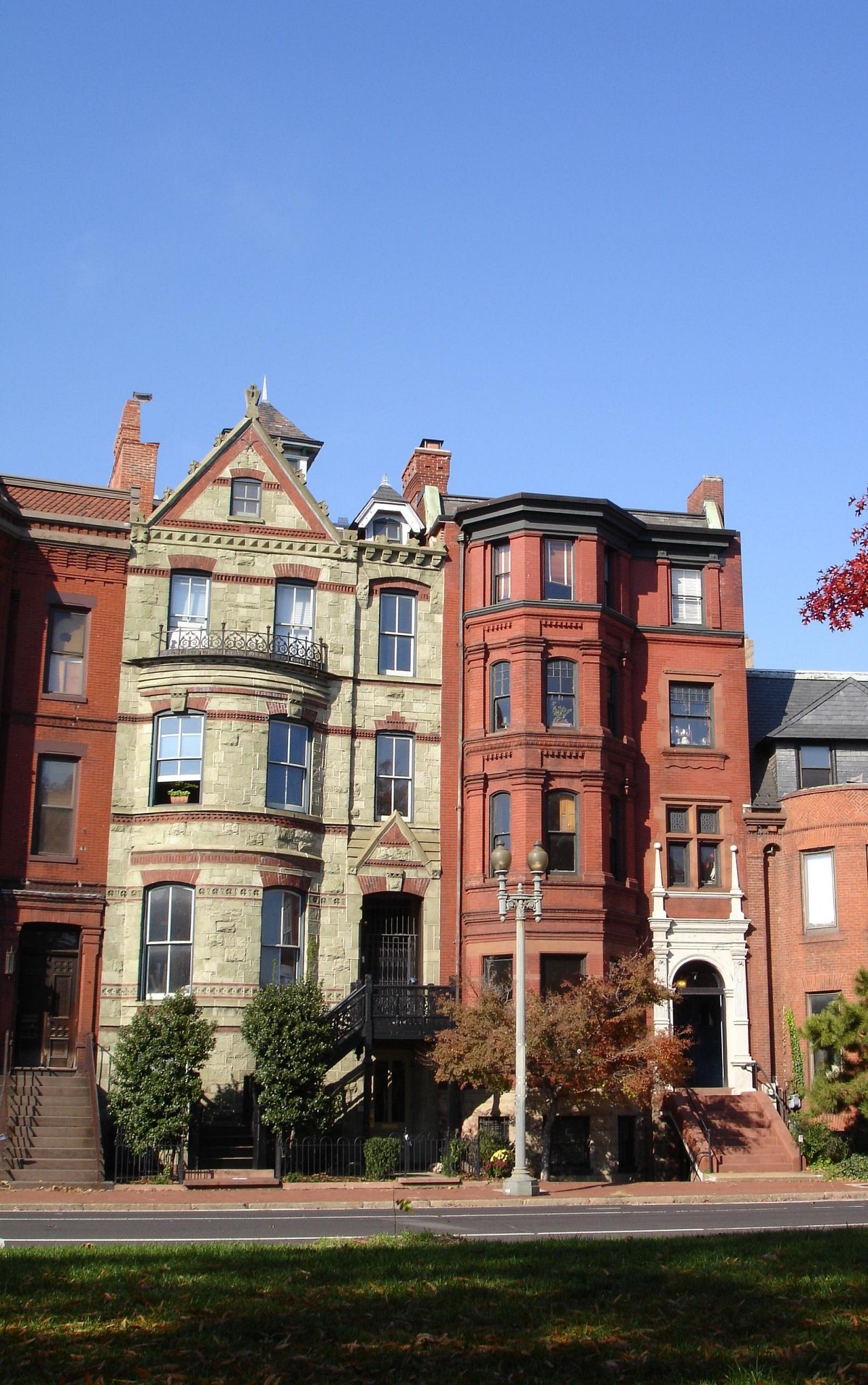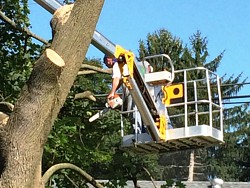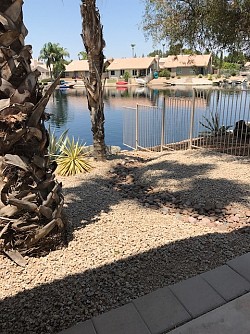Considering Greener Exterior Cladding
 Houses come in a variety of exterior finish options ranging from brick and stone to stucco, wood, metal, and vinyl. A question often asked by environmentally concerned homeowners is which one of the many available products is the greenest. Of course, the manufacturers and suppliers of just about every exterior cladding material are now making some sort of environmental claim and there are even a few new, more exotic options made with recycled content that seem particularly appealing.
Houses come in a variety of exterior finish options ranging from brick and stone to stucco, wood, metal, and vinyl. A question often asked by environmentally concerned homeowners is which one of the many available products is the greenest. Of course, the manufacturers and suppliers of just about every exterior cladding material are now making some sort of environmental claim and there are even a few new, more exotic options made with recycled content that seem particularly appealing.
However, before we get too seduced by all the marketing hype, it's important to step back and consider the broader context in which the decision about exterior finishes needs to be made. Not doing so can easily result in a "green washed" exterior that actually compromises the house's overall environmental impact.
From a Slow Home point of view, there are three things to consider when choosing an eco-friendly cladding:
1. The House as a System
First, it’s critical to remember that a house is not just a collection of green products and features. To be truly effective at reducing our environmental footprint, all these individual elements must work together as a system.
This is particularly true when it comes to exterior walls. In a wood frame house, these walls are actually high performance assemblies designed to control heat transfer, air flow, and water penetration. The exterior finish layer, much more than just the decorative surface that faces the street. is an integral part of this system.
Focusing too much on either the aesthetics or the environmental features of a cladding choice, without considering the wall system as a whole, can seriously compromise the overall sustainability of the house.
2. Local Climate
Second, an environmentally sensitive choice of exterior cladding must be driven by the specific climate in which the house is located.
Dry, cold, and wet climates have different requirements.
For example, in a wet climate the exterior cladding should be what architects call a “rain screen,” meaning the finish materials are set off from the wall a slight distance to provide a small gap that allows any water that might get behind the outside layer to drain away. Not all exterior finish products are suitable to be used as rain screens, and a large number of cladding products are attached directly to the structural wall.
While these may be perfectly acceptable in a dry or cold climate, they can trap water inside the wall when used in a rainy region. The result? Serious water damage that compromises the thermal efficiency of the overall house. It may also cause mold growth that can lead to significant indoor air quality problems. In most cases, the negative environmental impact of both of these issues far outweighs the environmental benefits of a cladding system chosen solely on its green features.
3. Durability
Third, common sense tells us any exterior finish that wears out prematurely is not very environmentally friendly, no matter what its marketing brochure says. In particular, newly developed cladding materials should be approached with caution. They may not have the track record to prove that they can stand up to the rigors of 30-40 years of weather and wear. The environmental impact of throwing a worn out cladding system into the landfill and replacing it with a new one after only a few years of use is just too great.
Which Exterior Finish is Greenest?
In the end there's no single right answer to the question of which exterior finish is the greenest. Focusing too much on the specific environmental features of a particular exterior finish material without considering its integration into the overall wall system, its suitability to the climate in which it is being used, and its overall durability and lifespan is like looking at the trees but missing the forest.
As with most environmental issues, the right solution is more nuanced than the product feature sheets might lead us to believe. A design professional or knowledgeable building contractor working in your specific region is probably the best resource to help you make the right decision about which cladding material will be the most practically sustainable option for your home.
Updated October 16, 2018.
Looking for a Pro? Call us (866) 441-6648

Carpentry Average Costs
Carpenters Experiences

Careful, Professional Tree Service Removes A Huge Norway Maple

Rock Landscaping Adds Curb Appeal To An Arizona Home



